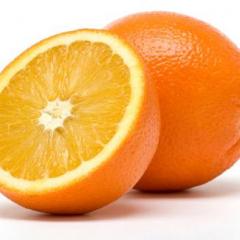IGNORED
The Stack and Tilt Golf Swing
-
Topics Being Discussed Right Now on The Sand Trap
-
- 0 replies
- 45 views
-
- 10 replies
- 1,031 views
-
- 232 replies
- 22,049 views
-
The Stack System - A Conversation on Gaining Swing Speed 1 2 3 4 14
By iacas, in Instruction and Playing Tips
- stack system
- stack
- (and 3 more)
- 234 replies
- 49,099 views
-
"5 Minutes Daily" Practice Challenge 1 2 3 4 840
By iacas, in Instruction and Playing Tips
- 5 minutes daily
- dedication
- (and 6 more)
- 15,119 replies
- 911,698 views
-






Recommended Posts
Create an account or sign in to comment
You need to be a member in order to leave a comment
Create an account
Sign up for a new account in our community. It's easy!
Register a new accountSign in
Already have an account? Sign in here.
Sign In Now